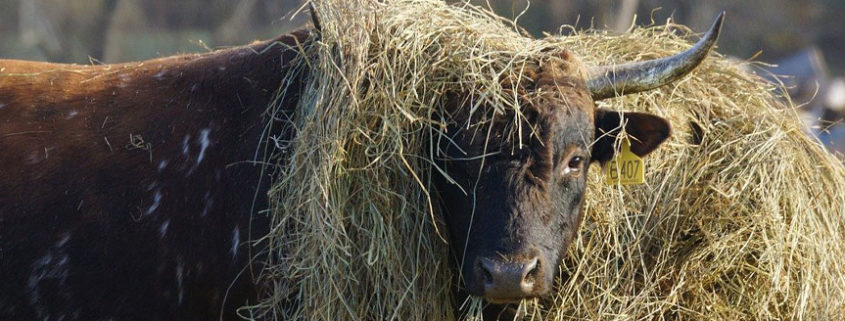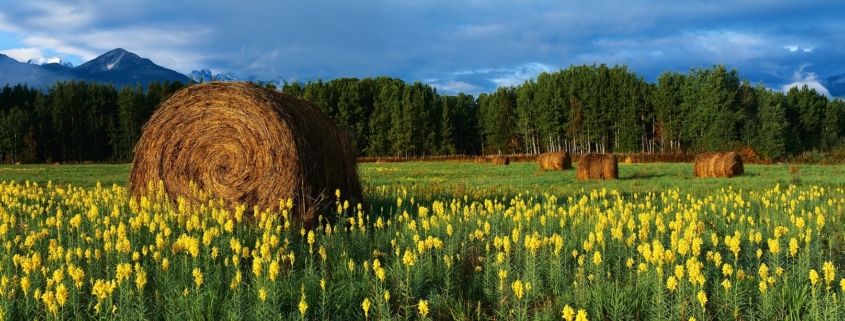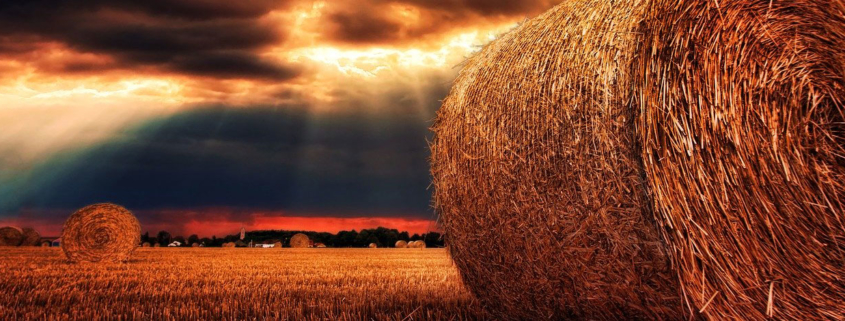There are times when fresh forage inventories are threatened. During these times, it pays to have a supply of fermented and preserved feeds. While fermented feeds can take a lot of work to produce, they are well worth the effort.
To reduce waste and shorten the amount of time to harvest, you may want to consider making your own baleage. When done correctly, this process can cost-effectively increase the quality of feed. Before you dive in, however, it is essential to understand the steps required to make quality baleage.
One source of uncertainty for livestock owners during COVID-19 is whether or not the virus poses a risk to animals, including caring for horses. With this in mind, it is important that horse owners be aware of possible health risks associated with the coronavirus and act accordingly.
Everyone knows that livestock feed shouldn’t be moldy, old or otherwise low-quality hay. What everyone may not know, however, is that feeding livestock the highest quality hay at all times isn’t necessary. In fact, in many cases doing so doesn’t make sense.
Everyone knows that livestock feed shouldn’t be moldy, old or otherwise low-quality hay. What everyone may not know, however, is that feeding livestock the highest quality hay at all times isn’t necessary. In fact, in many cases doing so doesn’t make sense.
As alfalfa stands age, they also thin out. Unfortunately, it is not just older stands that thin with age. Younger stands can thin out, as well, leaving many producers wondering what can be done to strengthen these stands.
Although it fell out of favor years ago, hay tedding is making a comeback on many farms. So, what is hay tedding and why is it enjoying a resurgence after so many years?
Natural hay is becoming more popular than ever. And while calling hay natural as opposed to organic – and vice versa – may seem trivial, the USDA doesn’t see it that way.
Hay producers want – and need – to get the most out of their hay fields. That is why spring is such an important time of year when it comes to the management of hay fields and pastures.









